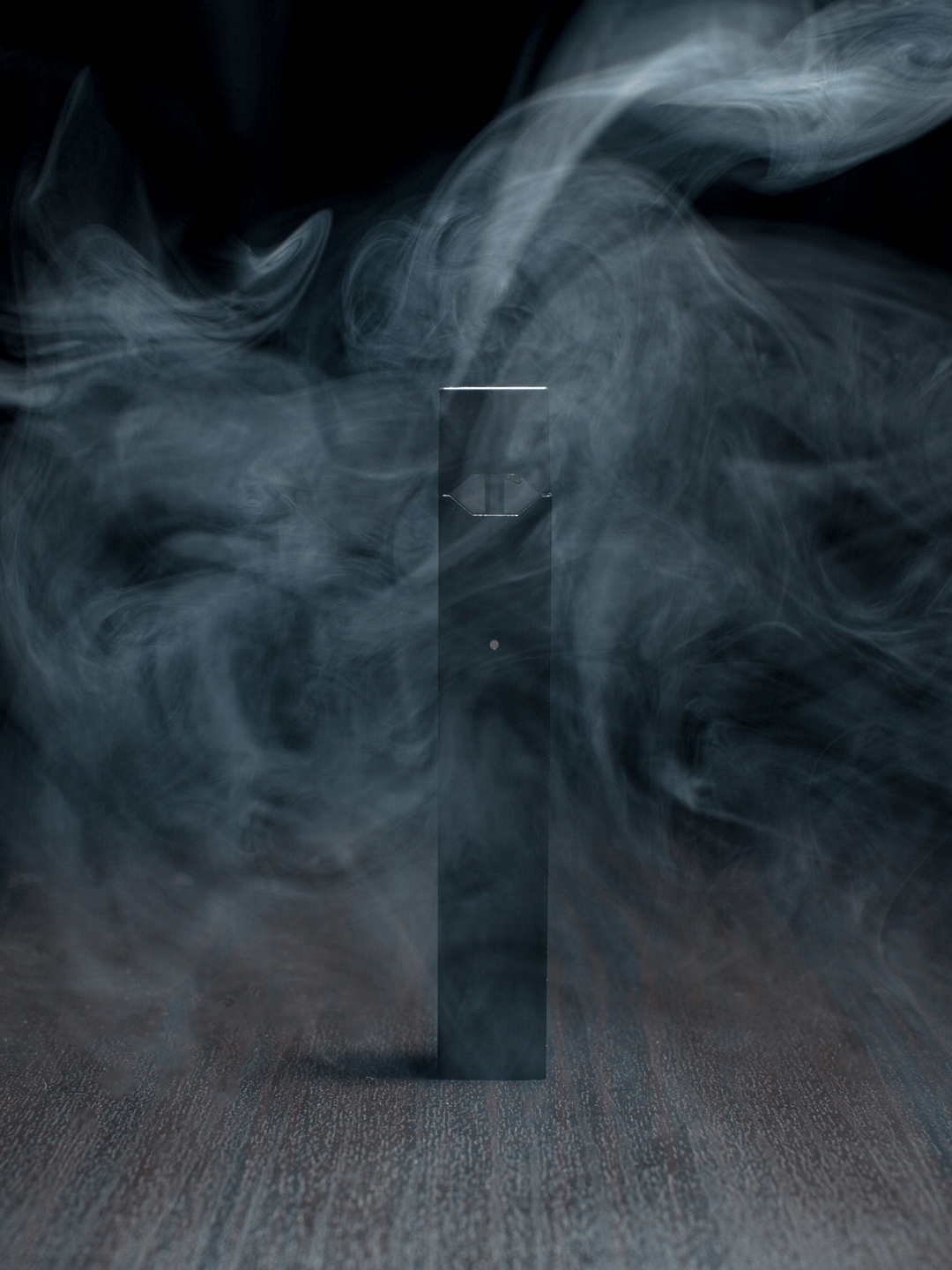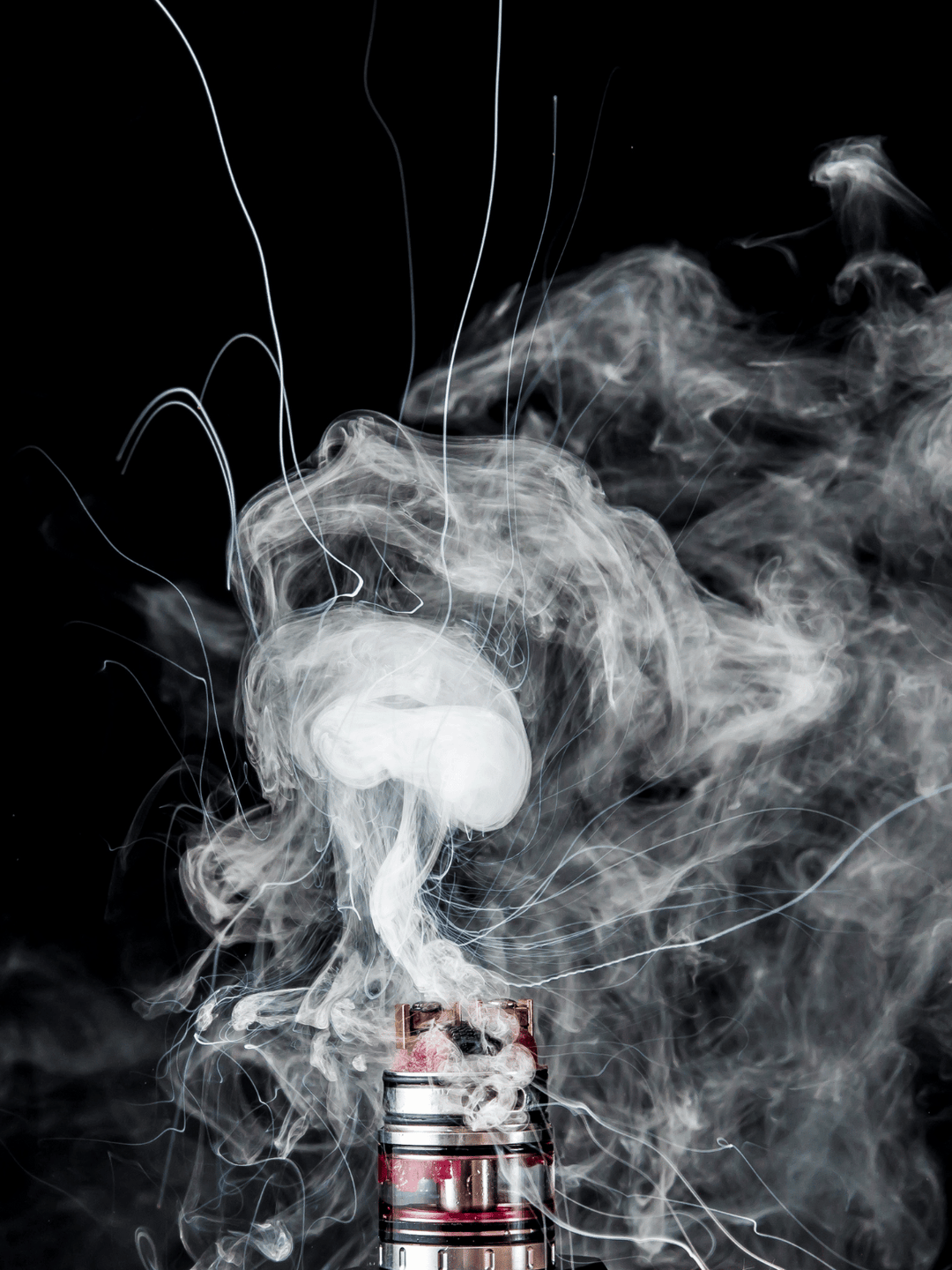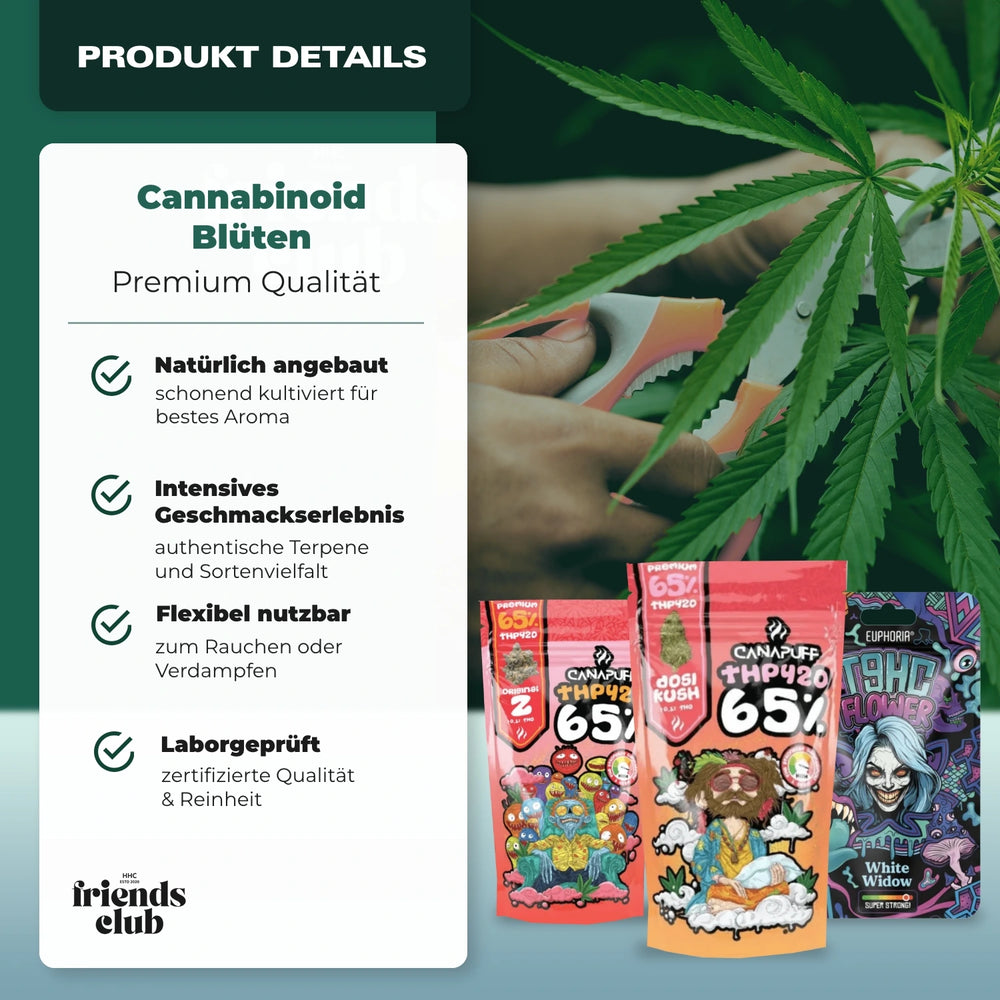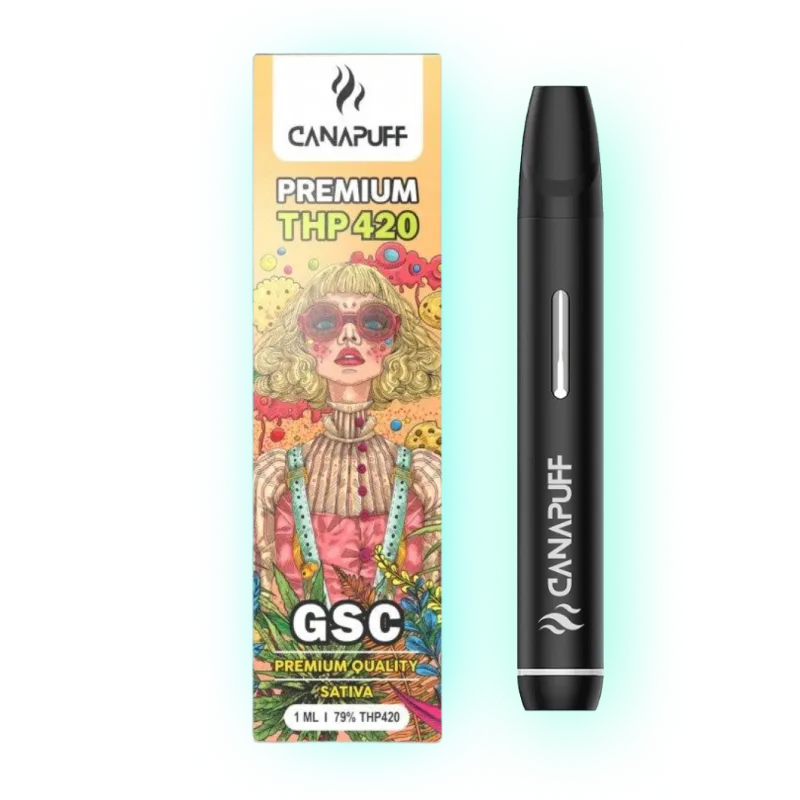You’ve got yourself a Vaporizer or you’re still considering whether vaping is right for you? Then you’re in the right place. Whether you’re just starting out or already know your device inside and out, this page has all the information you need to get the most out of your vaping experience.
We’ll show you what really matters when it comes to vaporizing: Which temperature produces which effects? How often should you take a draw? And why is vaporizing actually so much gentler—for you and your material—than other consumption methods?
In short: This is about not just the “how,” but also the “why.” With a few simple tips, your next vape session will not only be more relaxing, but also much more effective.
So: Sit back, inhale, and get started—welcome to the world of smart consumption.
Bestseller View all
Vaporizer: How often to draw?
How often should you actually take a draw from a vaporizer? Good question—because the frequency of your draws is a real gamechanger when it comes to flavor, effects, and efficiency.
If you take draws too quickly one after another, you risk overheating your material. Not only does this make it taste worse, but it can also be less gentle on the active ingredients. On the other hand, if you wait too long, you might miss out on some of the precious vapor. The ideal balance lies somewhere in between—and you need to find what works best for you.
A good starting point: one draw every 1 to 2 minutes. This gives the device enough time to recover and ensures a consistent, pleasant vaping experience—especially if you’re just starting out. Experienced users develop their own sense for this over time. They often know intuitively when the right moment for the next draw has come.
It’s also important to remember: Not every material behaves the same way. The temperature, the herbs or concentrates you use—all of that plays a role. And last but not least, your own body awareness matters: How strongly do you react to the vapor? What feels good to you?
In short: There’s no perfect formula—but there is a perfect frequency for you. And you’ll find it best by experimenting mindfully.
If you want to dive deeper, feel free to check out our other tips and articles—there you’ll find even more about temperature ranges, device maintenance, and unlocking the full potential of your vaporizer.

Cannabis Vaporizer
A cannabis vaporizer is basically the smart upgrade to the classic Joint—just without smoke, ash, or the typical side effects of combustion. Instead of burning the plant material, it is heated to a controlled temperature during vaporization. The result: The active ingredients like THC and CBD are released without producing harmful combustion byproducts. That’s what makes all the difference—both in terms of flavor and health.
Vaping is less about “getting knocked out” and more about enjoyment, control, and efficiency. The vapor is much purer, the aroma more intense, and you get more of what really matters. It’s no surprise that more and more cannabis enthusiasts are switching to vaporizers.
Important for beginners: Start slow. A good guideline for your first sessions is to take one puff every 1–2 minutes. This gives you time to feel how your body reacts—and prevents you from overdoing it.
Temperature also plays a key role. The ideal range is between 180 and 220 degrees Celsius—depending on whether you’re looking for a more relaxing effect or a clear, energetic one. The higher the temperature, the stronger the effects—but the vapor also becomes drier.
If you’re new to this, take it step by step. Gradually increase the temperature, find the puff frequency that works for you, and listen to your body. That’s the beauty of vaping: you’re in control. And if you use that control well, every session becomes not just more effective, but also much more enjoyable.

Cannabis Vaporizer effects
A Cannabis Vaporizer offers an efficient and healthier way to consume cannabis. By heating the plant material, active compounds such as THC and CBD are released without burning the material. This results in stronger and cleaner effects while being gentler on the respiratory system.
Advantages:
- Efficient release of active compounds: Vaporizing at optimal temperatures preserves the active ingredients and terpenes, leading to more intense effects and better flavor.
- Gentle on the respiratory system: Reduces harmful byproducts such as tar and carbon monoxide that are produced during smoking.
- Rapid onset of effects: The effects usually occur within a few minutes, allowing for easy dosing.
- Discretion: Less odor and portable models make vaporizing more discreet and convenient.
In summary, vaporizing cannabis provides a controlled, more efficient, and healthier consumption method with a more intense flavor experience.
Best Practices for Vaping
1. Temperature Control
- Start at lower temperatures: Begin at around 180°C to get better flavor, and gradually increase the temperature up to 220°C to release more active compounds. Make sure the temperature does not get too high to avoid combustion.
2. Grinding the Herbs
- Proper consistency: Grind your herbs so they have an even, coarse texture. If the herbs are ground too finely, they can clog the airways and reduce vaporization efficiency.
3. Herb Dosage
- Adjust the amount: Use a digital scale to measure the exact amount of herbs. Overfilling the chamber can restrict airflow and reduce vaporization efficiency. A good amount is about 0.2 to 0.3 grams per fill.
4. Cleaning and Maintenance
- Regular cleaning: Clean your vaporizer regularly to ensure optimal performance. Residue can affect the taste and decrease efficiency. Use isopropyl alcohol and suitable tools for cleaning.
5. Draw Frequency
- Slow and steady draws: Inhale slowly and steadily to keep the heat in the vaporizer stable and release the maximum amount of active compounds. Drawing too quickly can raise the temperature too much and burn the material.
6. Breathing Technique
- Inhale deeply and hold: Inhale the vapor deeply and hold it for a few seconds to maximize absorption of the active compounds. Avoid exhaling immediately to enhance the effect.
7. Experiment and Adjust
- Personal adjustment: Try different temperatures, dosages, and draw frequencies to find the best combination for you. Every user has different preferences and tolerances.
By following these best practices, you can make sure you get the most out of your vaporizer and enjoy a pleasant and efficient vaping experience. Happy vaping!
Featured collection View all
FAQs
The ideal temperature for vaporizing cannabis is between 180°C and 220°C. At lower temperatures (around 180-190°C), primarily terpenes are released, which are responsible for aroma and flavor. These temperatures provide a pleasant, aromatic vaping experience with milder effects. Higher temperatures (200-220°C) release more cannabinoids such as THC and CBD, resulting in stronger effects. Temperatures above 220°C should be avoided, as they can burn the material, producing harmful byproducts and negatively affecting the flavor.
A cannabis vaporizer offers several advantages over traditional smoking. First, it enables more efficient release of active compounds since the material is not burned. This results in stronger and cleaner effects. Second, vaporizing is gentler on the respiratory system because fewer harmful byproducts such as tar and carbon monoxide are produced. Third, a vaporizer provides precise temperature control, allowing you to customize your vaping experience. Additionally, vaporizing is more discreet due to reduced odor, and portable models offer a convenient way to consume cannabis on the go.
The effects of inhaled cannabis usually set in within a few minutes, often as quickly as 1–5 minutes. This allows for easy control and adjustment of the dose, since users can quickly respond to the effects. The rapid onset is especially beneficial for medical users who need immediate relief from their symptoms. It is important to start slowly and increase the dose gradually to achieve the desired effects without risking unwanted side effects.
Yes, many vaporizers are versatile and can vaporize different materials such as dry herbs, concentrates, and oils. It is important to follow the manufacturer's instructions and use the appropriate inserts or accessories to achieve optimal results. Some vaporizers offer special inserts for concentrates or oils, which can be purchased separately. The versatility of a vaporizer allows users to try different cannabis products and find the experience that suits them best.
When vaporizing, the plant material is heated instead of burned. This reduces the formation of harmful byproducts such as tar and carbon monoxide that occur during smoking. Vaporizing releases the active compounds without inhaling the harmful combustion products, which protects the respiratory tract and lowers the risk of lung damage. Additionally, vaporizing allows for a more efficient extraction of active compounds, resulting in stronger and cleaner effects.
The material in the vaporizer is used up when it has turned a deep brown color and no longer produces vapor. A weak taste and less noticeable effects are also signs of this. With some vaporizers, you can also check the herb chamber: if the herbs look dark brown and dry, they are probably fully vaporized. It is important to check the material regularly and replace it as needed to ensure an optimal vaping experience.















